10 extreme data centers that look straight out of a sci-fi movie
Facebook, Microsoft and the rest are building their data centres in some unlikely - and stunning - locations
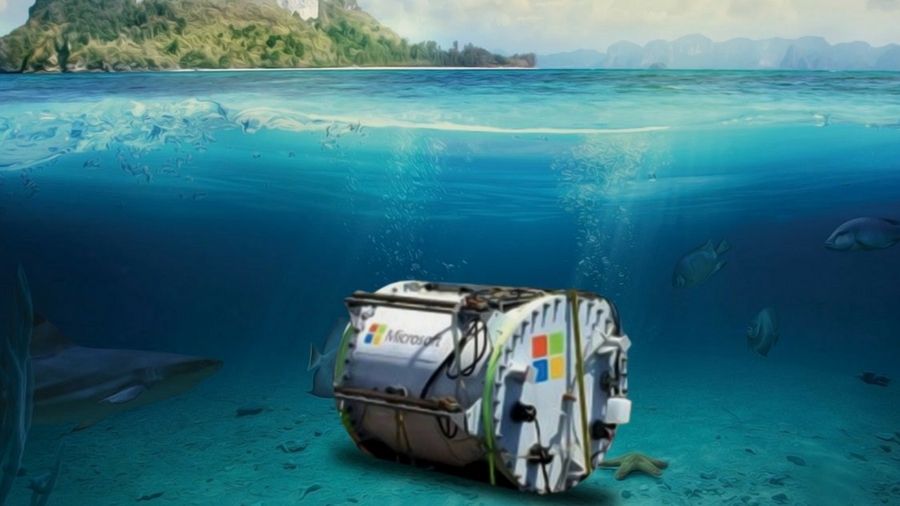
Your local library is now in the Arctic Circle, in a desert in Utah, and deep inside a Norwegian mountain. The information society we now live in is built upon an interconnected cloud of racks of servers, archives and supercomputers in disparate data centers around the globe. As research by IT solutions company Comtec reveals, the emails and documents, the 'Likes' and the bytes we produce each day are stored, analysed and archived in some pretty unlikely locations away from the threats of cyber attacks, nuclear warfare and natural disasters. This is the world of the extreme data center.
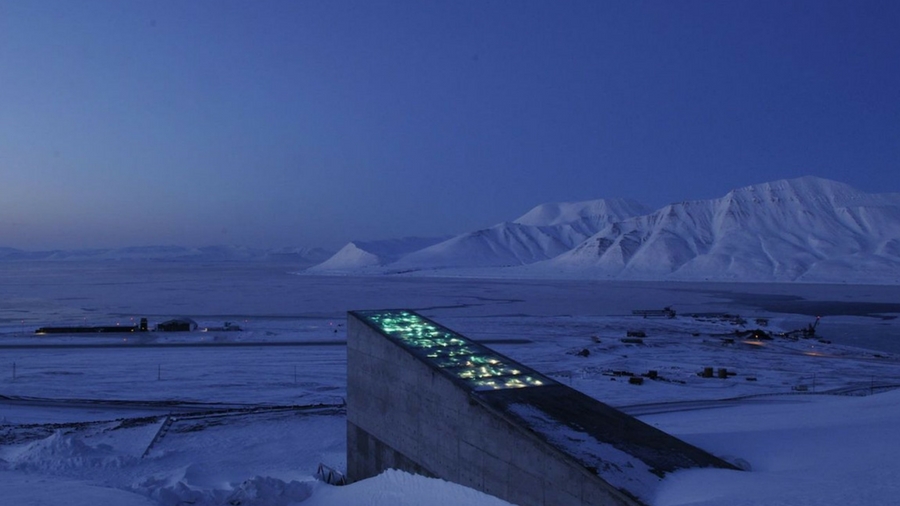
Arctic World Archive, Svalbard, Norway
One day in the far future an explorer or archaeologist will come across something incredible; a trove of offline analogue data from our digital civilisation.
"We wanted to use film as the ultimate off-line long term preservation storage medium," says Rune Bjerkestrand Founder of PIQL, who runs the cyber attack-proof Arctic World Archive, also known as the digital world's 'Doomsday Vault'.
The location, 300m below the ground in a converted mine shaft, was influenced by the remoteness of the nearby Svalbard Global Seed Vault at 77° N latitude. So the Arctic World Archive was built nearby in Longyearbyen, here on a Norwegian archipelago between mainland Norway and the North Pole. Safe from natural disasters and nuclear bombs, this permafrost home is a place for data to live forever … but it will cost you to put it there (which explains why most of the AWA's customers are national governments).
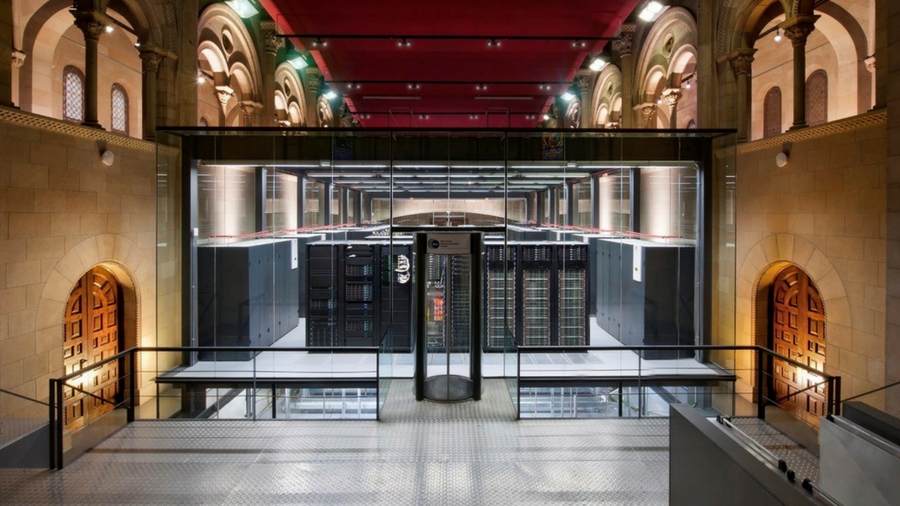
The Barcelona Supercomputing Center (BSC)/Centro Nacional de Supercomputación
Who needs religion when you've got supercomputers? That most modern of icons – a massive supercomputer – is hidden beneath the 19th century Torre Girona chapel in Barcelona, Spain.
"Most of the scientific disciplines now use technology for the development of knowledge," says Sergi Girona, Operations Department Director at the BSC. "It's mostly devoted to science, but only the most excellent and brilliant scientists get access."
Its tenant is MareNostrum 4, the most powerful supercomputer in Europe (and the world's 13th most powerful, which might say something about how far behind Europe has fallen), which was last year used to detect gravitational waves, created when two black holes collide.
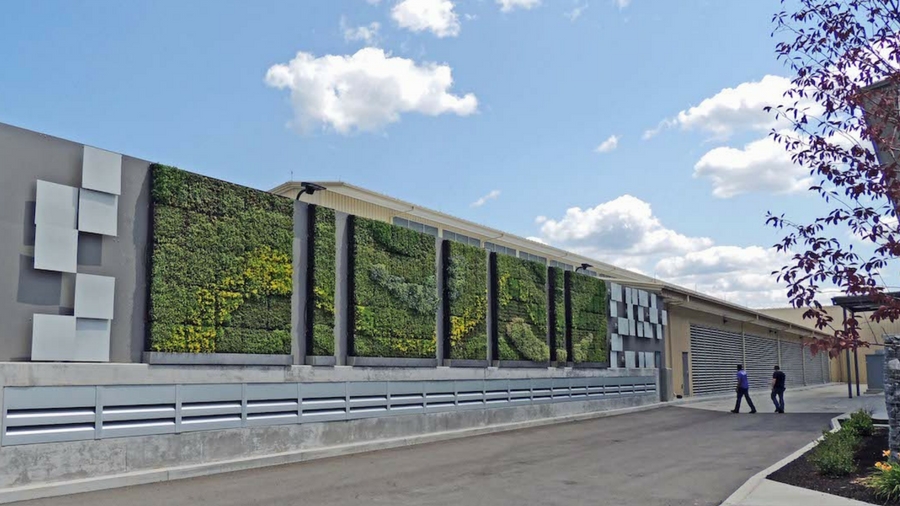
Yahoo's Lockport, New York
About 350 miles from Manhattan, Lockport hosts the Yahoo Compute Coop data center, a US$150 million, 155,000 square ft. facility opened in 2015 that uses hydroelectric power generated from Niagara Falls. It's based around the long, open-plan design of a chicken coop, a patented design that encourages air-flow. Inside are about 50,000 servers.
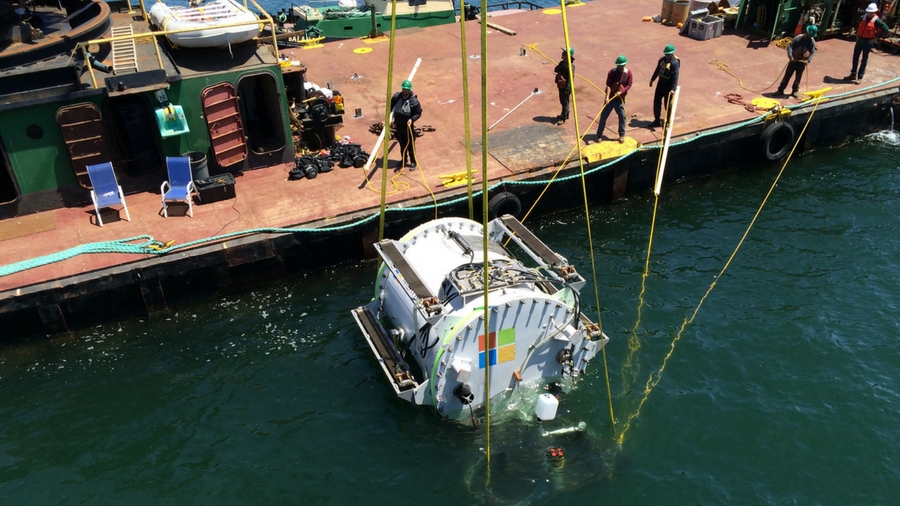
Microsoft's Project Natick, Pacific Ocean
Although only an experiment so far, Microsoft is hoping to prove that data should be stored underwater. The concept is simple; 50% of the world's population live near the coast, so that's where data should reside. By putting standard servers in watertight containers, then tethering them to the coast, the cables – and therefore the latency – should be reduced without having to use valuable land. 2015's Project Natick saw a 38,000lb/17,237kg cylindrical vessel measuring 10x7ft./3x2m anchored over half a mile off the US Pacific coast. It was recovered months later with the data still in immaculate condition.

Utah Data Centre, Bluffdale, Utah
This is where snoopers put their stolen secrets. Also known as the Intelligence Community Comprehensive National Cyber Security Initiative Data Centre, this 2014-built facility in the nondescript town of Bluffdale, Utah, is a data storage facility for the United States Intelligence Community… and that means the National Security Agency, which doesn't have a good reputation, post-Snowden. We're talking exabytes (one billion gigabytes) of data that's not connected to the internet; this is an offline data collection storage site for data from the internet and telephone networks.
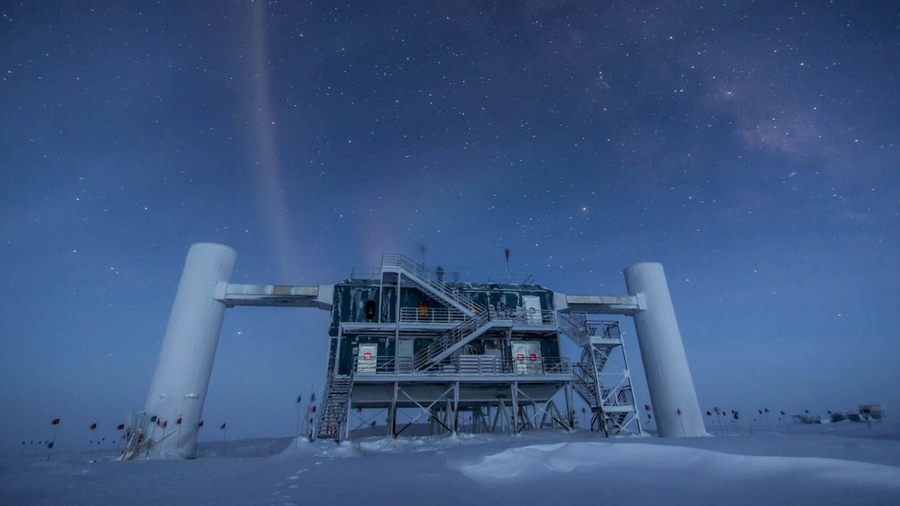
IceCube Lab, Amundsen-Scott South Pole station, Antarctica
This data center supports the IceCube Neutrino Observatory, a particle detector at the South Pole that looks for neutrinos from exploding stars, gamma-ray bursts, and black hole collisions; energies a million times greater than nuclear reactions. The IceCube detector itself is a cubic kilometre of ice studded with over 5,000 optical sensors, which detect 275 atmospheric neutrinos daily. There's no way all that data can be sent by satellite, so the IceCube Lab (ICL) data center supports the scientists at Amundsen-Scott South Pole station with over 1,200 computing cores and three petabytes of storage.
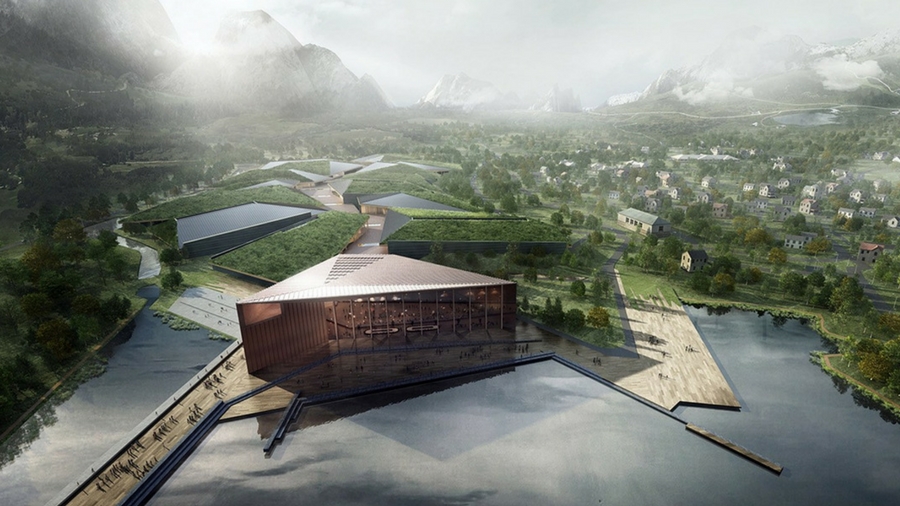
Green Mountain, Stavanger, Norway
With the IT industry’s energy footprint accounting for 7% of global electricity in 2012 and 12% by 2017, according to Greenpeace, 'dirty' data centers aren't good for business. Cue a trend for those that run on 100% renewable energy, like the data center hidden inside Green Mountain near Stavanger, Norway, which uses hydro-electric power and water-cooling. Built into an old NATO hideaway, owner Smedvig claims that the 22,000 square metre facility has the lowest Power Usage Effectiveness (PUE) rating in the world, and a carbon footprint of virtually zero.
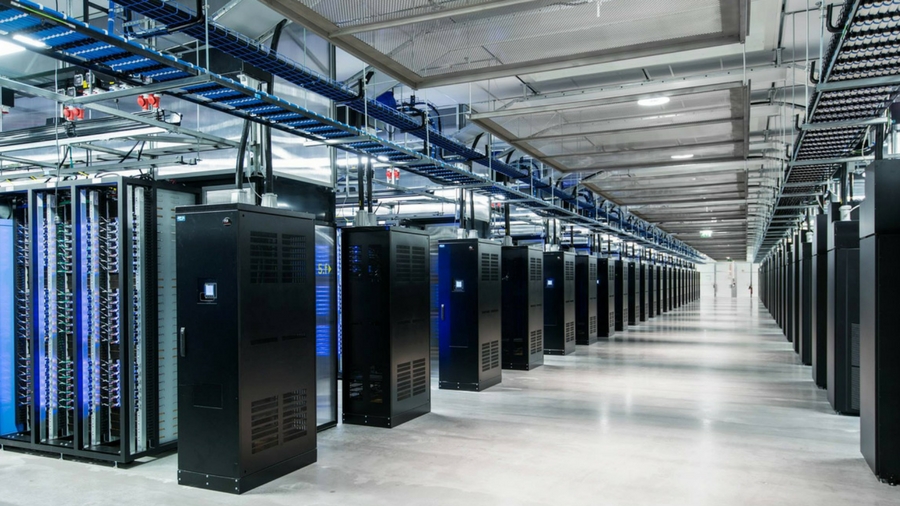
Luleå Facebook Data Center, Sweden
This is where your likes are stored. Why build a data center in the Arctic Circle? Facebook puts its US$500 Million.
Data centre up here at 65° N in 2011 not to see the Northern Lights, but to save energy. One of the biggest costs for data center managers is cooling systems, which tend to use a lot of electricity. That's far less of an issue in Luleå where fresh air (as cold as -10.1°C/14°F in winter) is used to cool the building. The rest of the power for Facebook's only data center outside the USA is provided by hydro electricity.
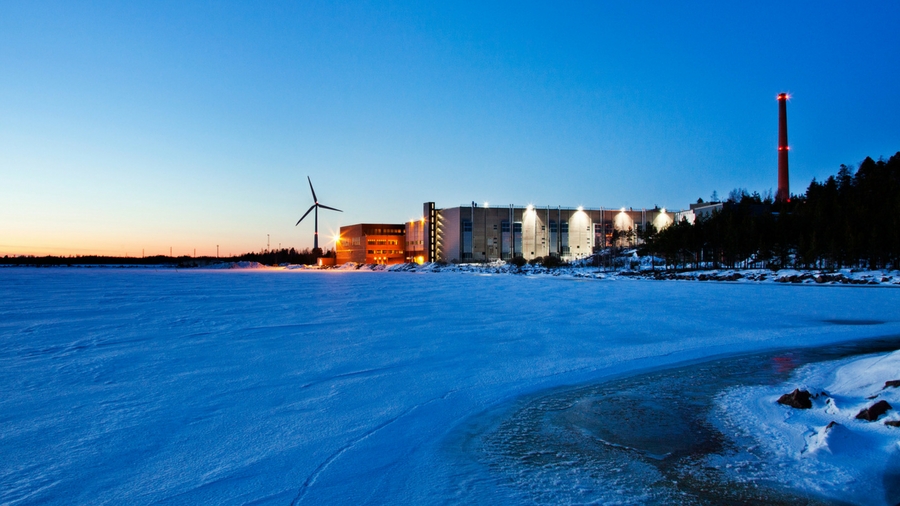
Hamina Google data center, Finland
This is where the search ends. Google's also playing the Arctic Circle card, opening one of its most advanced and efficient data centers in Hamina, Finland in 2011. Located 145 km/90 miles east of the country's capital Helsinki, it's much further south than Luleå, principally so it can use seawater from the Gulf of Finland to chill the servers. Not by direct immersion, obviously, but by pumping raw seawater into heat exchangers, which transfer the heat generated by the servers to the seawater. The facility used to be a paper mill dating back to 1950s, so most of the infrastructure was already in place.
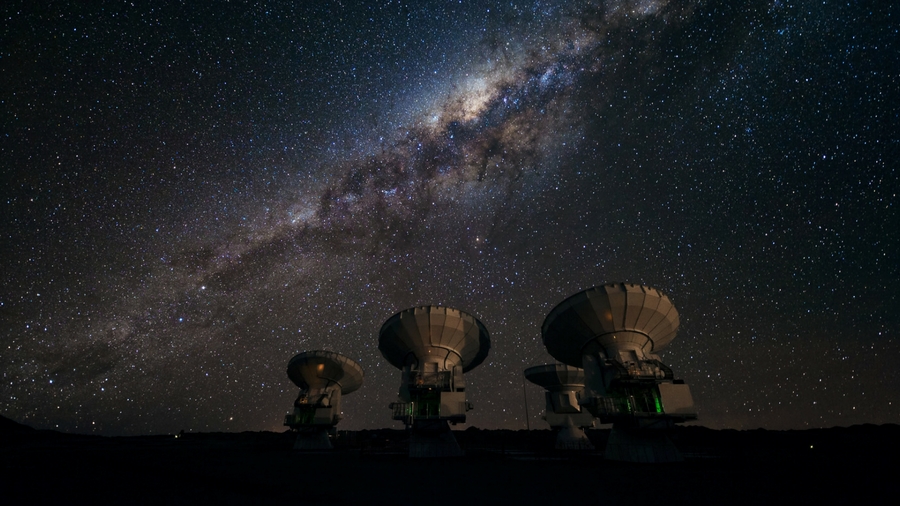
Chi2AD, Chile
The ALMA (Atacama Large Millimeter/submillimeter Array at Chajnantor is physically the largest astronomical project in existence. Its 66 high precision antennas on the Chajnantor Plateau (at an altitude of 4576 to 5044m) together make one a single radio telescope, and it's at one of the highest and driest astronomical observatory sites on Earth.
More powerful than the Hubble Space telescope, it's used to study molecular gas and dust, the so-called 'cool Universe'. And that requires data storage. Cue the China-Chile Astronomical Data Center (Chi2AD), which provides storage and processing capacity to local and foreign astronomers at ALMA. With 0.7 petabytes, this Huawei-built data center will be able to store ALMA archive data for the next nine years.
Jamie is a freelance tech, travel and space journalist based in the UK. He’s been writing regularly for Techradar since it was launched in 2008 and also writes regularly for Forbes, The Telegraph, the South China Morning Post, Sky & Telescope and the Sky At Night magazine as well as other Future titles T3, Digital Camera World, All About Space and Space.com. He also edits two of his own websites, TravGear.com and WhenIsTheNextEclipse.com that reflect his obsession with travel gear and solar eclipse travel. He is the author of A Stargazing Program For Beginners (Springer, 2015),
